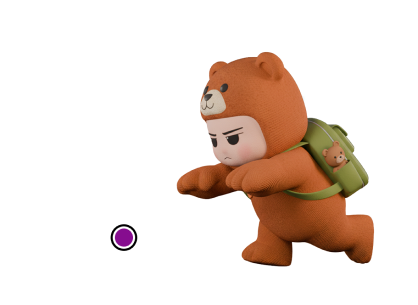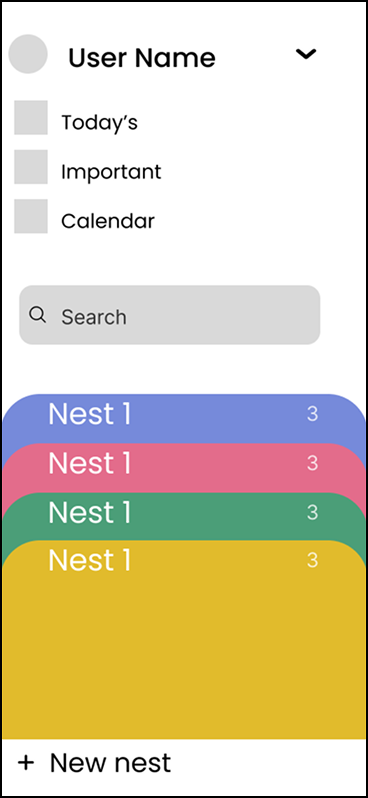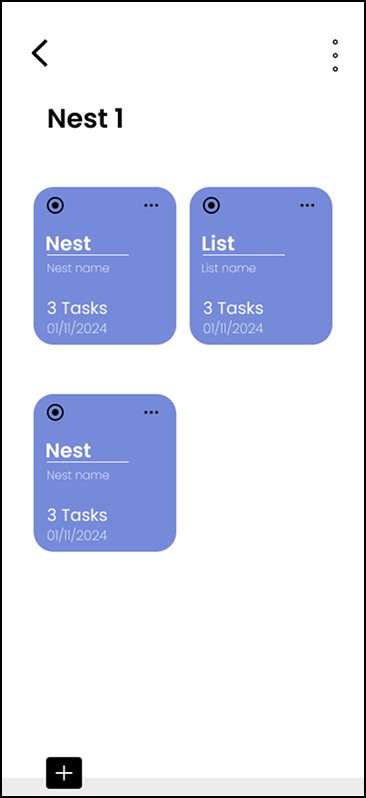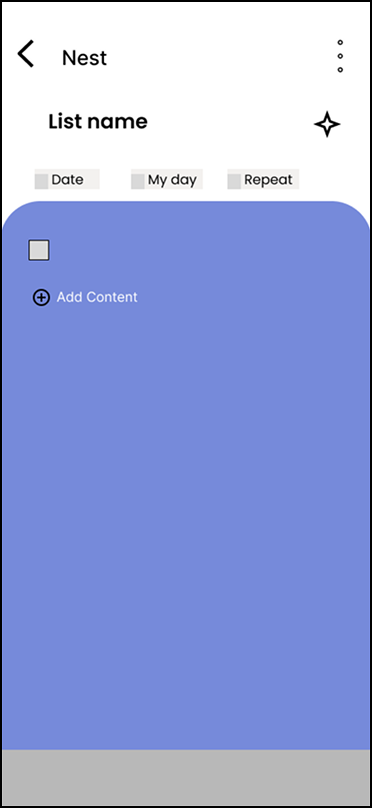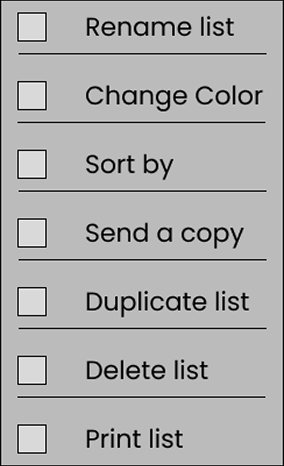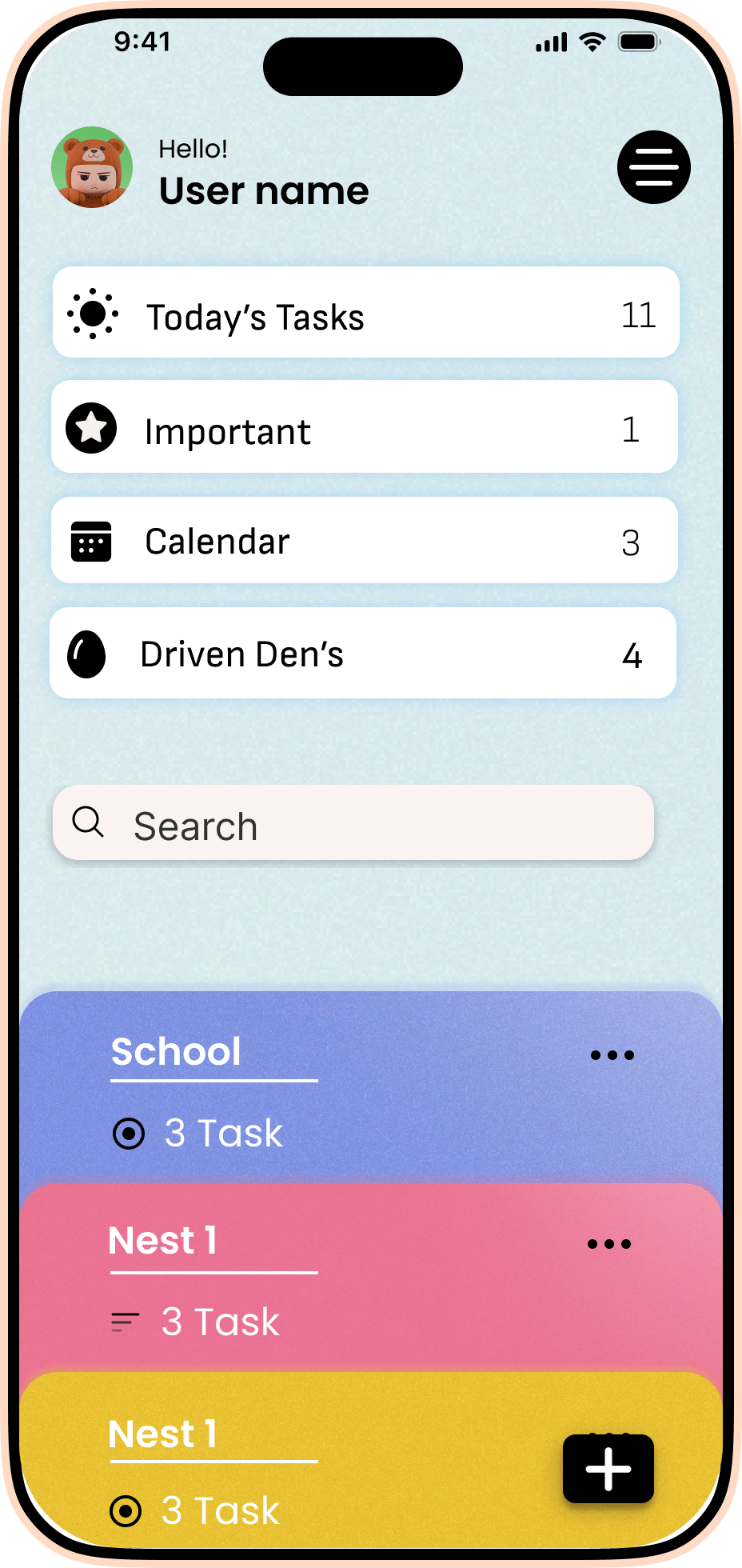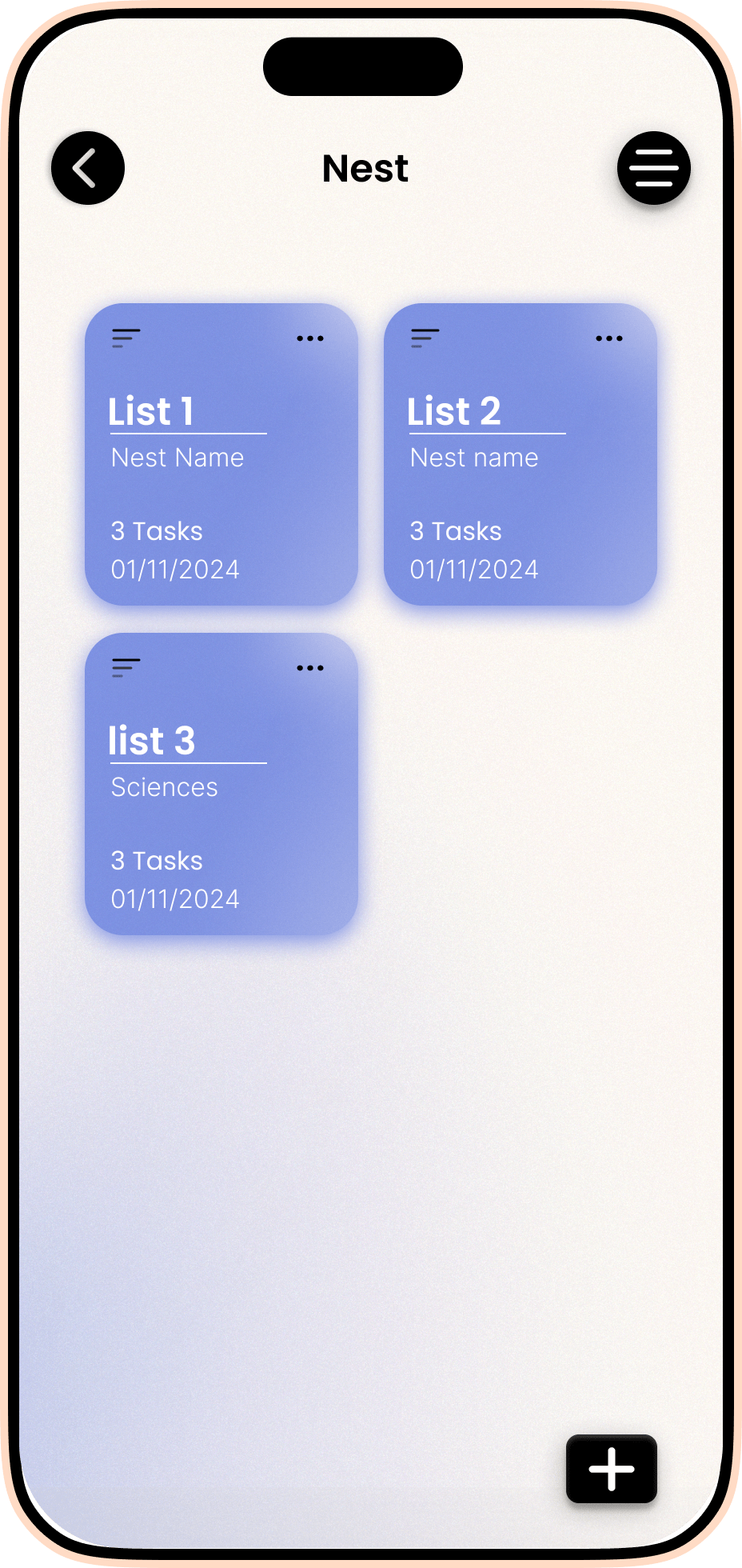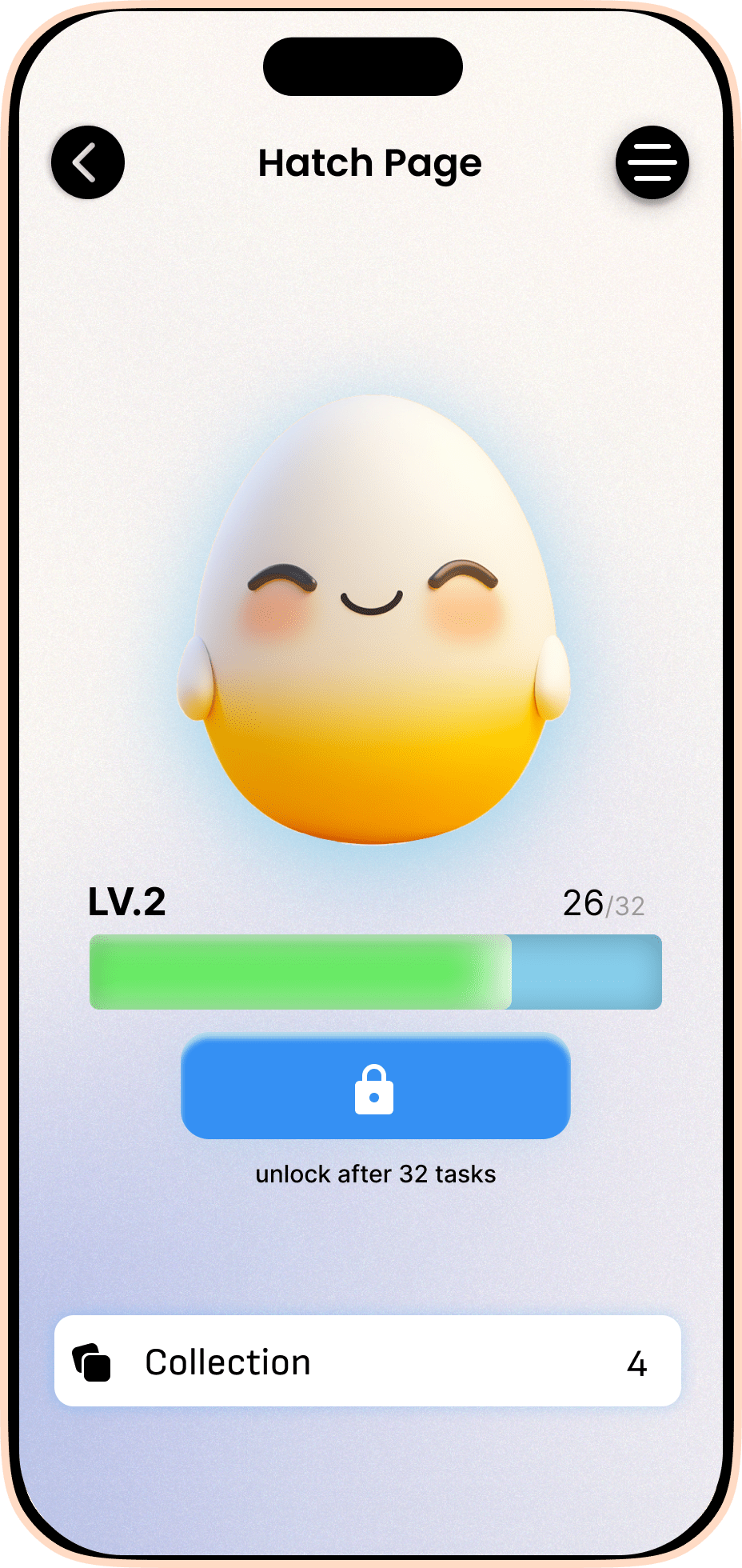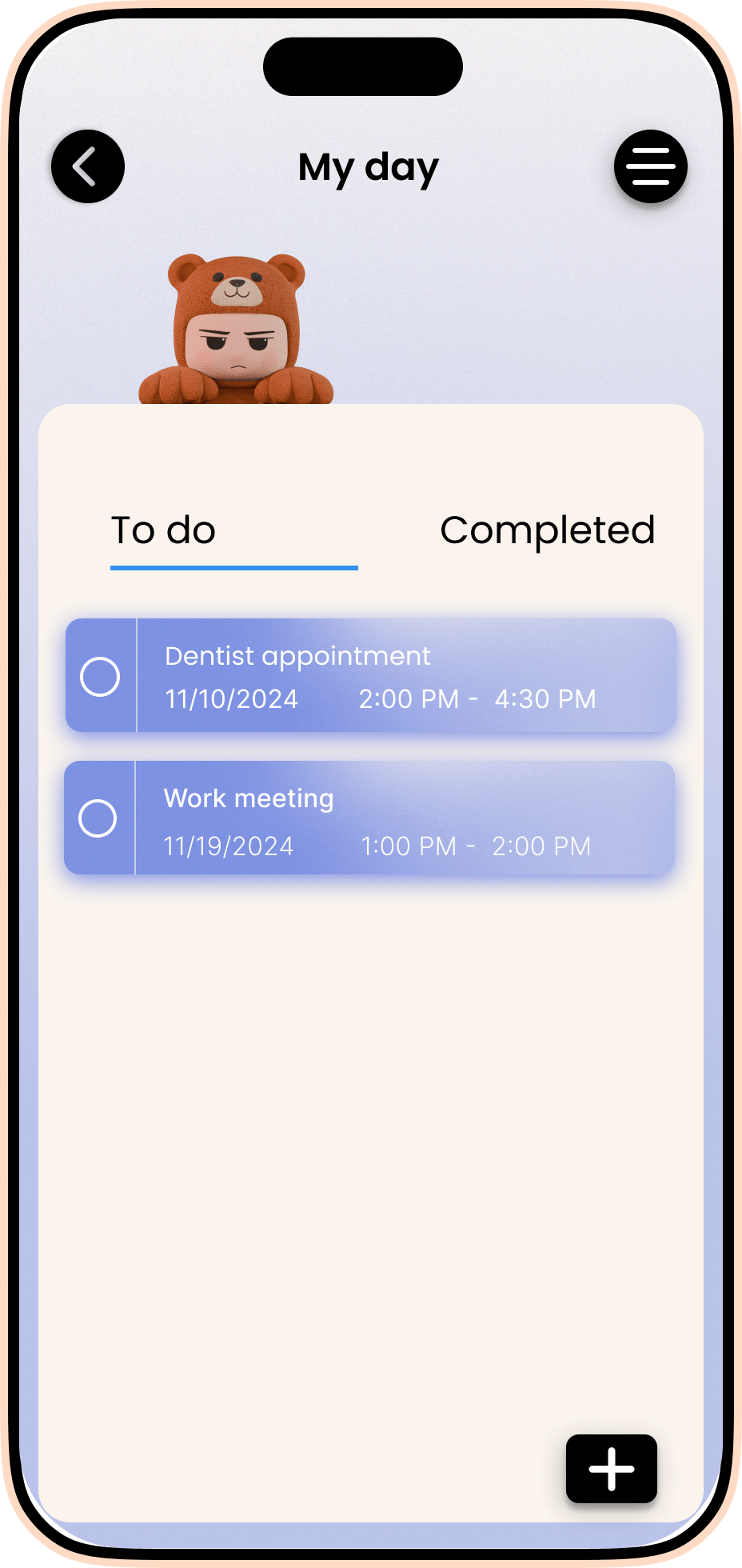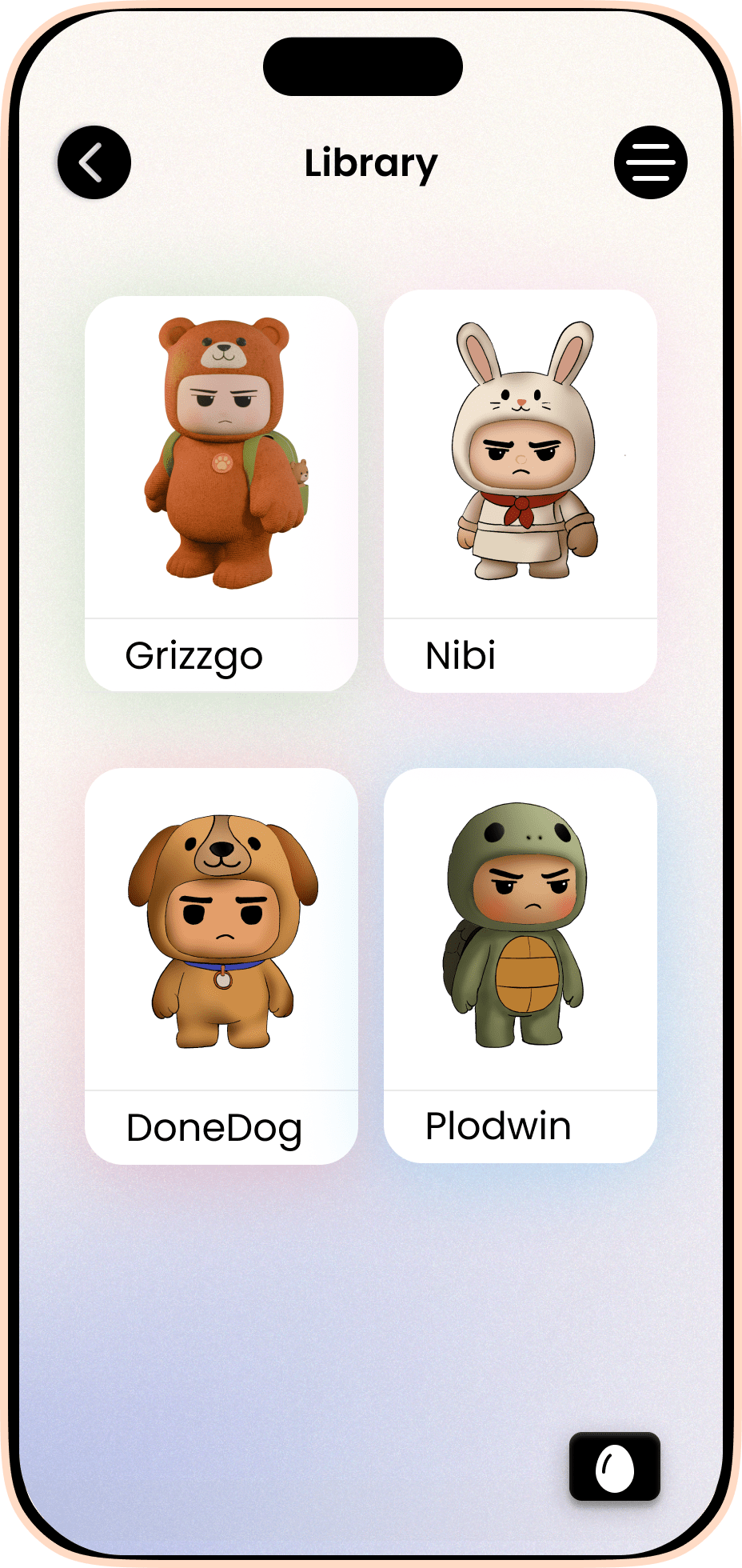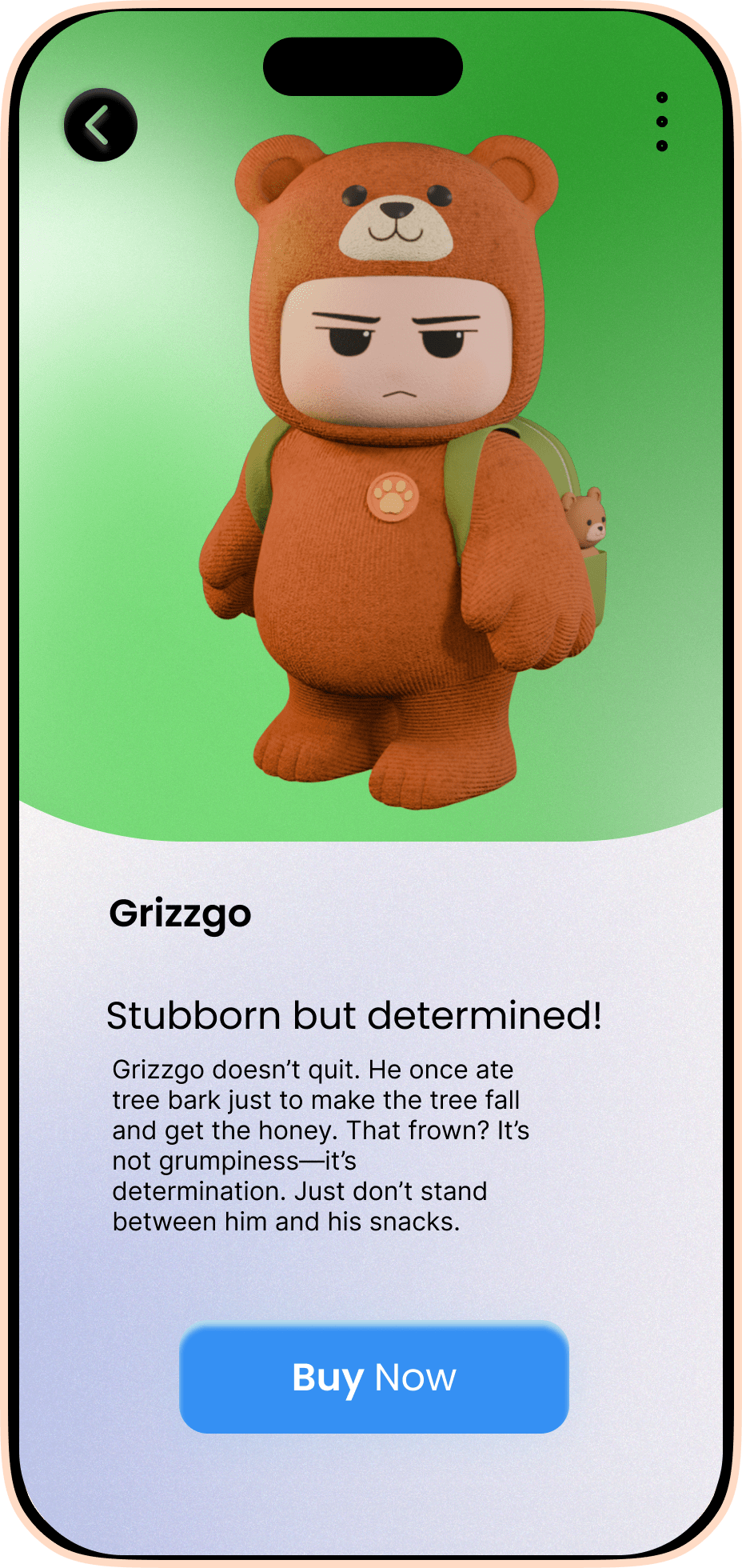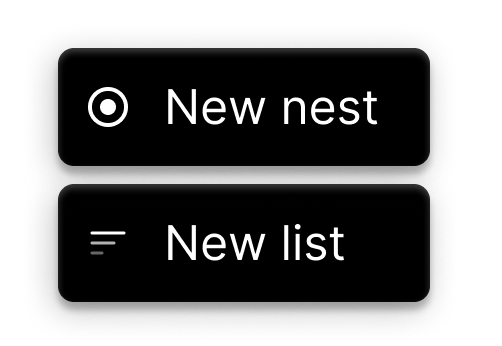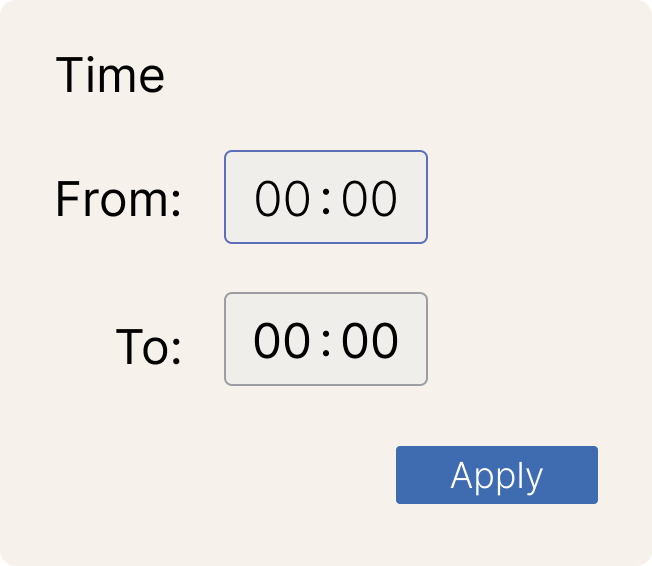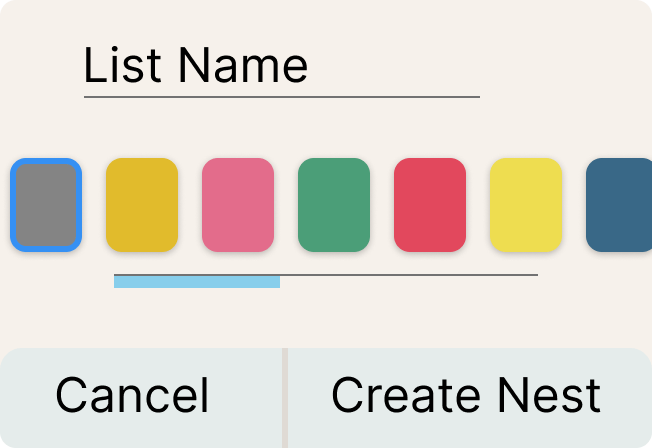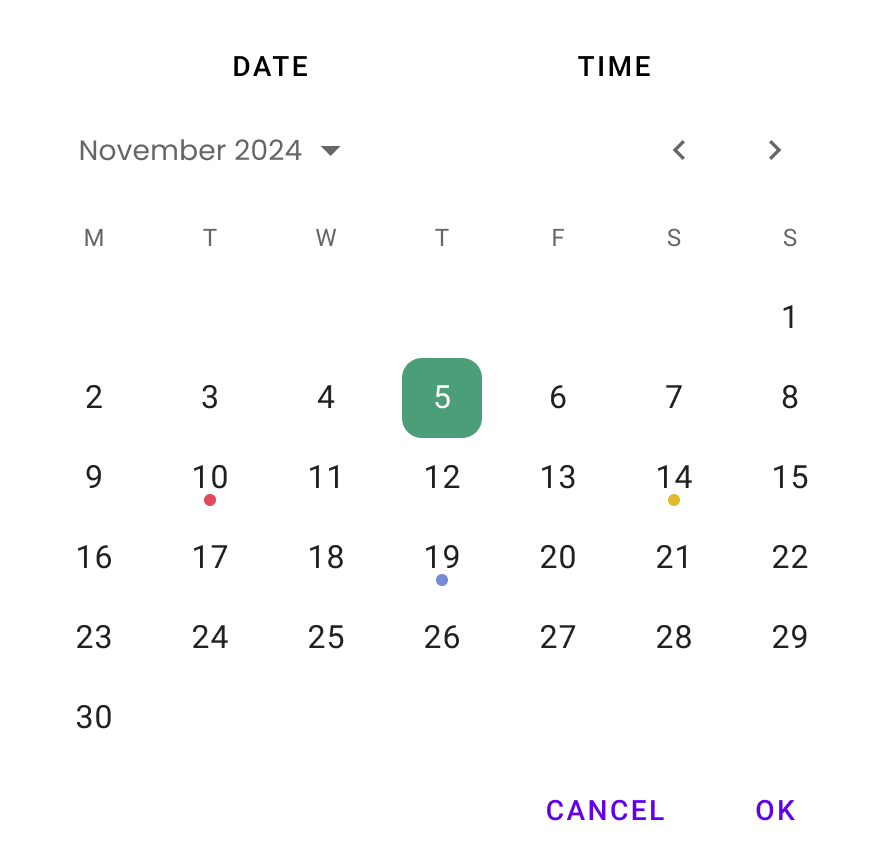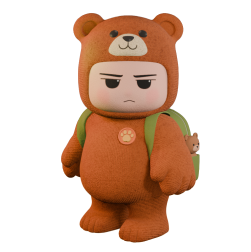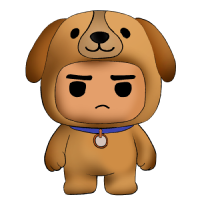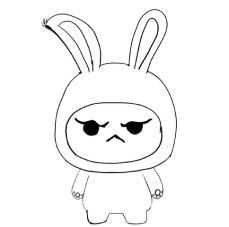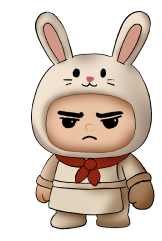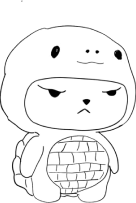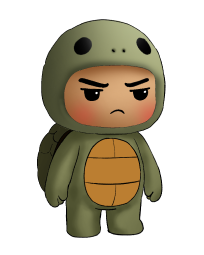-min.png)
-min.png)

Variable rewards systems, such as loot boxes or Gacha games, use unpredictability to strongly encourage repeated behavior. While this boosts engagement, it can lead to overuse if safeguards are not in place. Medium
Gamification can increase engagement, but its effect on a person's internal drive is mixed. To create lasting behavior change, the design must support a user's core psychological needs for competence, autonomy, and relatedness (feeling connected with others). Science Direct
The timing and presentation of rewards shape behavior. Immediate, noticeable feedback boosts short-term engagement, while rewards that remain visible in
a collection help sustain long-term motivation.
Science Direct

Strong motivation / gamification
Turning focus time into something visual (a growing tree, forest) gives a rewarding feel. You can also use conies to plant trees in the real world making your effort feel more
meaningful.
Minimalistic UI
A clean, distraction-free design focuses on promoting productivity, appealing to users who value simplicity and clarity.
Hard and Harsh
Some users have complained, It takes many sessions/coin-actions to unlock more tree types, and especially to accumulate enough for planting real trees.
The frailer mechanic adds a level of stress (tree’s can die if inactive for a while). Making it hard for some to try again once they are panelized.
-1.png)
Gamification / visual reward
Having the pet (birb), earning stones, decorating, watching your bird grow, going on adventures gives a fun/satisfying visual feedback.
Lots of “free” value
Even without paying, many of the core self-care, timer, journaling, mood-tracking features are available. The design is pleasant, which helps usability.
The focus on self care. You can pause progression. There is no harsh penalty's for missed tasks.
Can be a distraction
While the cute visuals and customization can be motivating at first, some users find themselves spending more time on the game side than on real tasks. Some users also complained the novelty of the gamification feels repetitive over time.
Setup
On-boarding and setting up other features like habit templates, customizing tasks take too long.
